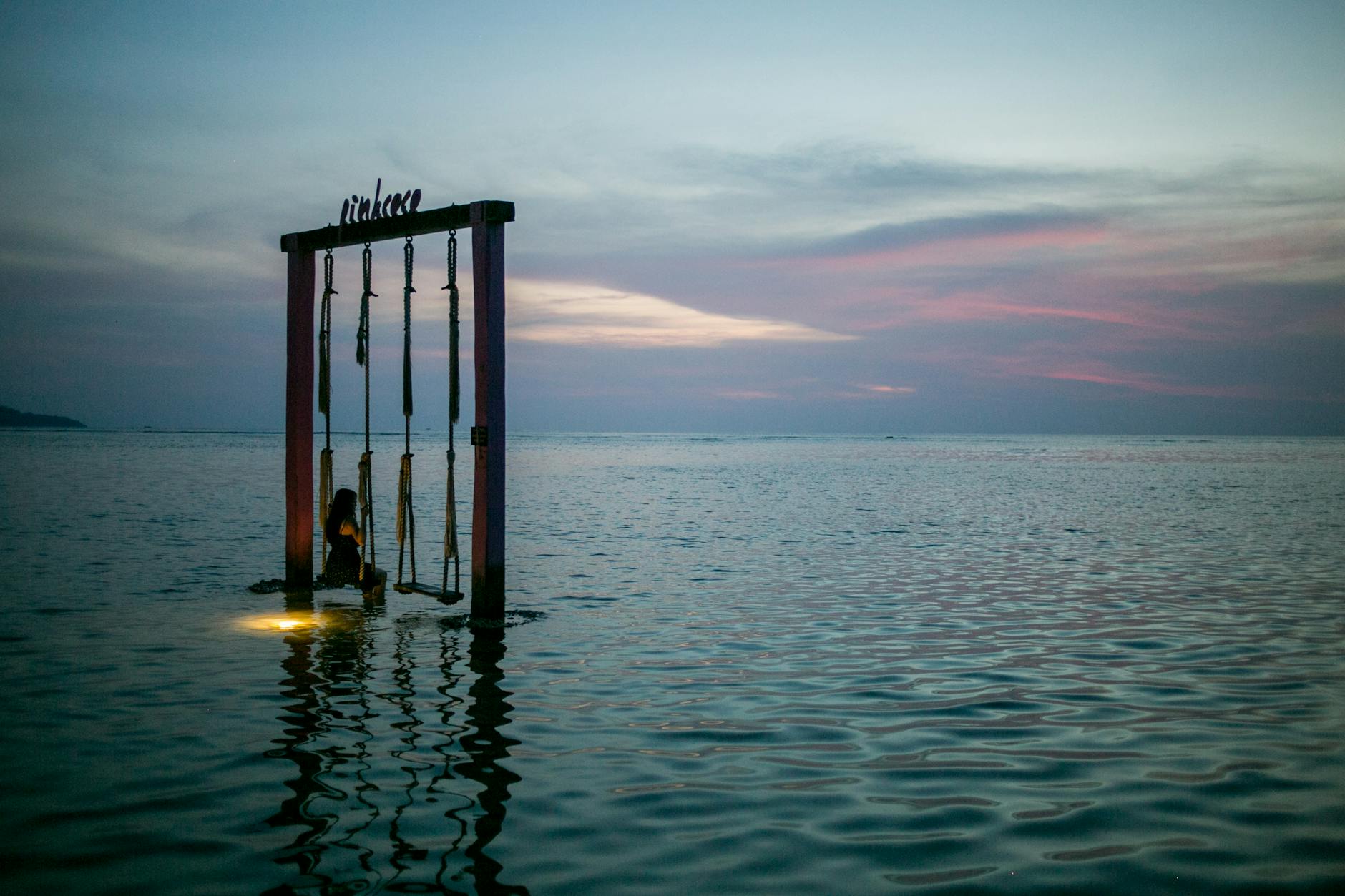Is Australia the Hidden Gem for Wildlife Conservation Enthusiasts?

Understanding Australia's Unique Biodiversity
Australia's biodiversity is indeed a marvel to behold, offering a rich tableau of possibilities for a wildlife photographer like myself. Venturing into the dynamic landscapes, one can witness the breathtaking beauty that rivals the splendor seen in places like botswana safari and namibia tours. The Royal Botanic Gardens Victoria is not just an urban sanctuary; it's an exemplification of the complex ecological relationships that thrive amidst the city's backdrop.
Ecological Regions and Habitats
Australia's vast stretches are divided into distinct ecological regions, each a haven for diverse habitats. The arid deserts, temperate forests, and sprawling coastlines form an intricate tapestry of life. From observing the subtle interplay of soil and flora in the desert to capturing the interplay of elements in lush rainforests, these regions provide an unmatched opportunity for understanding natural dynamics.
Native Species and Endemism
The continent boasts an impressive array of native species, many of which are found nowhere else on Earth. The iconic kangaroos, koalas, and platypuses offer more than just captivating images—they tell stories of evolution and adaptation. Much like the distinct creatures you might find during arctic cruises, Australia's endemism is a reminder of how geography and history shape biodiversity uniquely.
Conservation Status and Challenges
While abundance is evident, so too are the conservation challenges Australia faces. Understanding the delicate balance of its ecosystems is crucial to preserving the biodiversity it holds dear. Just like the efforts seen at Melbourne Zoo to protect wildlife, national and international strategies are essential in navigating these challenges effectively. As I continue to explore and document, I'm reminded of the critical role conservation plays in these extraordinary landscapes.
Key Conservation Initiatives
Government-Led Projects
There's a captivating synergy happening in Australia as the government amplifies its efforts in conservation. One significant development is the national biodiversity strategy, which aims to protect and restore native species habitats and addresses critical threats. The strategy includes initiatives like the protection of endangered species, expansion of national reserves, and fostering partnerships for habitat restoration. Another vital component is the funding for research and management programs focused on addressing threats such as invasive species and climate change. These efforts reflect a firm commitment to sustaining ecological diversity, ensuring our unique wildlife flourishes.
Community-Driven Efforts
In Melbourne, for instance, community-driven projects play an instrumental role in conservation. Local groups near the Royal Botanic Gardens Victoria initiate habitat regeneration projects, aiming to revive native plant species and support urban wildlife. These grassroots efforts rely on passionate volunteers who conduct regular workshops to educate the public about local biodiversity, driving meaningful change on the ground. By fostering community involvement, these initiatives also highlight how collective action can lead to significant ecological impact, offering a roadmap for others to follow.
Impactful NGO Contributions
Non-profit organisations are perhaps the unsung heroes in wildlife conservation, often providing the resources and expertise that ignite meaningful change. For example, several NGOs collaborate with indigenous communities to protect regions critical for species such as the iconic koala. They often advocate for sustainable practices, bridging the gap between science and policy. Their work isn't limited to Australia—there's a global scope here, contributing to sustainable travel options, like antarctica cruises and africa tours, that support conservation in regions like Africa, making experiences like a kenya safari both ethical and impactful.
Sustainable Tourism Practices
Responsible Wildlife Interactions
In my experience as a wildlife photographer, ethics play a crucial role in how we engage with nature. Responsible wildlife interactions start with understanding the natural behaviour of animals without disrupting their habitats. When photographing in places like the Melbourne Zoo, I always maintain a respectful distance to capture my subjects without causing them stress. This practice is essential, not just for the wellbeing of the animals, but to ensure future generations can also enjoy the wonders of our planet’s biodiversity through respectful and immersive experiences like African tours.
Eco-Friendly Travel Destinations
Choosing destinations with a commitment to sustainability is key. I've always advocated for thoughtful travel choices, especially when visiting ecologically sensitive areas. When considering South America holidays, opt for tour operators who prioritise eco-friendly practices. These destinations offer travellers a chance to witness the rich biodiversity while ensuring their carbon footprint is minimised.
Support for Conservation Tourism
Conservation tourism is an incredible way to contribute to preserving our ecosystems. The Royal Botanic Gardens Victoria exemplifies how destinations can blend tourism with conservation efforts, offering educational programs alongside their stunning plant collections. Supporting such initiatives can deepen your appreciation for local flora and fauna while contributing to wider conservation goals.
Challenges in Wildlife Conservation
Threats from Invasive Species
The impact of invasive species on Australia's native wildlife is significant. These non-native species often disrupt local ecosystems, preying on or outcompeting native species for resources. For example, the introduction of species like the European rabbit and cane toad has had devastating effects on native flora and fauna. Various wildlife reserves, like the ones near Melbourne Zoo, are actively involved in controlling these threats. One method includes habitat restoration, which aims to regenerate local flora and provide refuge for native species. Personally, I believe understanding these impacts can galvanise us to take proactive measures to protect our biodiversity.
Climate Change Impacts
Climate change is another pressing issue affecting wildlife conservation globally and in Australia. Rising temperatures and shifting weather patterns alter habitats, forcing species to adapt, migrate, or face extinction. The Royal Botanic Gardens Victoria offers insights into how native plants are affected by these changes. In my experience, the complexities of these transformations require multidisciplinary approaches, combining climate science and on-ground conservation efforts. Understanding these impacts, particularly in places like a zimbabwe safari, could enhance our global conservation initiatives.
Habitat Fragmentation Issues
Habitat fragmentation, caused mainly by urban expansion and land clearing, is one of the major challenges in protecting wildlife. This leads to smaller, isolated patches of ecosystems that cannot support viable wildlife populations. Programs focused on habitat connectivity are crucial in mitigating these effects. In navigating through challenges like these, it's inspiring to see efforts that combine community involvement and scientific research to create practical solutions. For those investing in south america travel, it's important to support ecotourism and be aware of how travel choices impact local biodiversity.
Common Mistakes in Wildlife Travel
Neglecting Local Conservation Guidelines
Travelling through Australia’s stunning landscapes, it's easy to get caught up in the beauty around us. However, neglecting to follow local conservation rules is one of the most common travel missteps. Whether you're ambling through the Royal Botanic Gardens Victoria or exploring the rugged terrains of Yarra Bend Park, taking heed of posted guidelines helps protect the delicate ecosystems in these beloved places. Simple actions, like sticking to designated paths or properly disposing of waste, ensure that the country's unique habitats remain unspoiled for generations to come.
Unknowingly Supporting Harmful Practices
While venturing into places like the Melbourne Zoo, it’s vital to be conscious of where your money is going. Avoid supporting attractions or activities that might exploit Australia’s wildlife. Responsible tourism not only respects local flora and fauna but also encourages ethical practices across the travel industry. It’s about ensuring that every visit contributes positively to conservation efforts, rather than inadvertently funding harmful activities that jeopardise species survival.
Underestimating Environmental Consequences
Many travellers, despite their best intentions, often misjudge the environmental impacts of their presence. Simple oversights, like feeding native animals or picking wildflowers, can have ramifications that ripple through entire ecosystems. When planning your adventures, consider not only what you carry in but also what you might leave behind. By remaining mindful, you've got the power to protect the natural wonders that Australia's biodiversity so graciously offers. Let’s endeavour to wander without causing harm, leaving behind only footprints and taking with us memories that fuel our passion for wildlife preservation.


